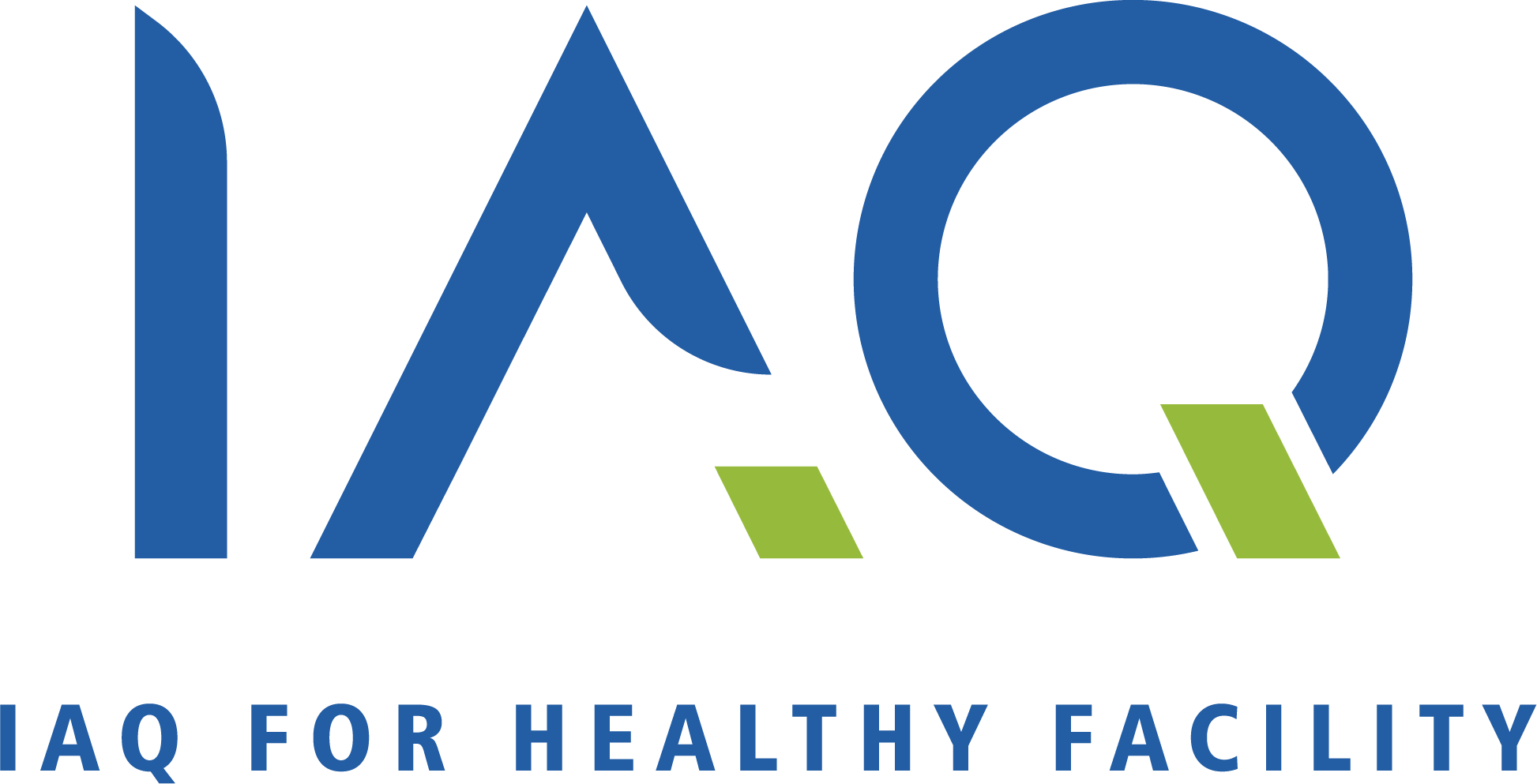If you are looking for a disinfecting company, I am sure this is a common headline for you and by now, you might be wondering the difference between those percentages. But does it really matter? Well, yes. Here is why.
Since there are many types of disinfectants on the market, it is important to understand how they work – including their pros and cons— to make an informed decision on how to choose the best disinfectant for your environment and how it would protect the people in your facility. You have every right as a consumer to know the substance and the effectiveness of it to be used to disinfect your facility.
Let us begin with the types of disinfectant. The common ones that cover the large majority used today are Chlorine compounds, Alcohols, Hydrogen Peroxide, Phenolic Compounds, Aldehydes, Iodophors and more. You can look up on https://www.nycoproducts.com/resources/blog/types-of-disinfectants-how-to-make-the-best-choice-for-your-facility/ for further information about these following disinfectants. But do you know that knowing all these chemicals is not enough? There are more things that we need to know and consider before choosing the right disinfectant, so what else should you consider?
Let us begin with how effective the disinfectant is. An effective disinfectant kills the microbes and pathogens that are of top concern in your facility. Keep in mind that pathogens can have multiple strains, and disinfectants are certified for specific strains. Secondly, the kill time. Again, disinfectant formulas are registered to kill specific pathogens in a specific amount of time, and they need to be wet on a surface the entire time to be actively working. Thirty seconds to five minutes might be a typical kill time. If a disinfectant needs 10 minutes though, be sure it will stay wet that long. Alcohol-based disinfectants may very well evaporate before their required contact time.
Most importantly, safety. As you learned earlier, some categories of disinfectants are toxic, some stain, others are corrosive, yet others have an undesirable odor. Check toxicity and flammability ratings on products, as well as any personal protective equipment (PPE) recommendations for disinfectants you apply. Be sure a disinfectant will not damage any surface it is intended for.
Finally, ease of use. Some applications require multiple steps that may not always be feasible. Water hardness is one factor that can impact the effectiveness of some disinfectant formulas. A sprayer cleans and disinfects in just one step, making it a top choice for an easy, ready-to-use use disinfectant that addresses a broad spectrum of bacteria, viruses, fungi and mildew in hospitals, institutions, and industry.
We talked about types of disinfectants and on our next blog, we will share on our methods of effective disinfection.
To conclude, of course, 99.9999% is more effective than anything lesser and not to flex but our chemical does have the kill rate of 99.9999% and it complies with all the statement above.
All I am saying is, we in IAQ Diagnostics, are open about our equipment’s and chemicals we use because we believe that it is our clients’ rights to know and choose what is best for them!




